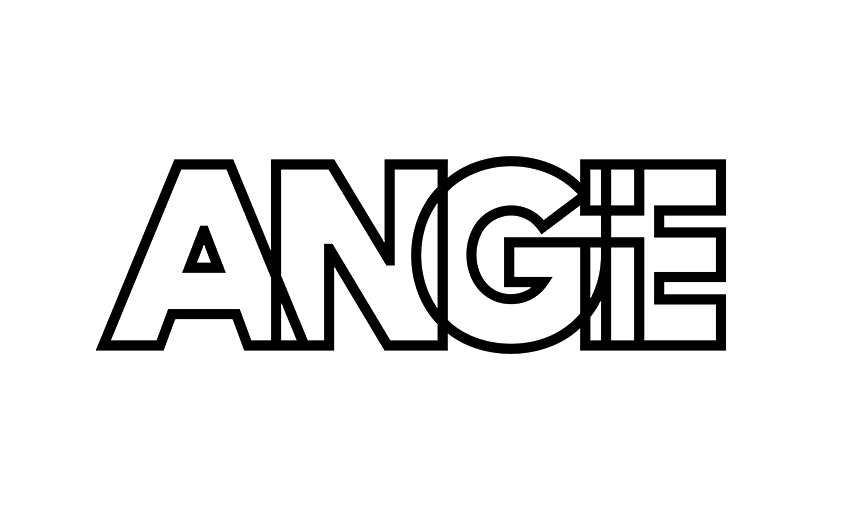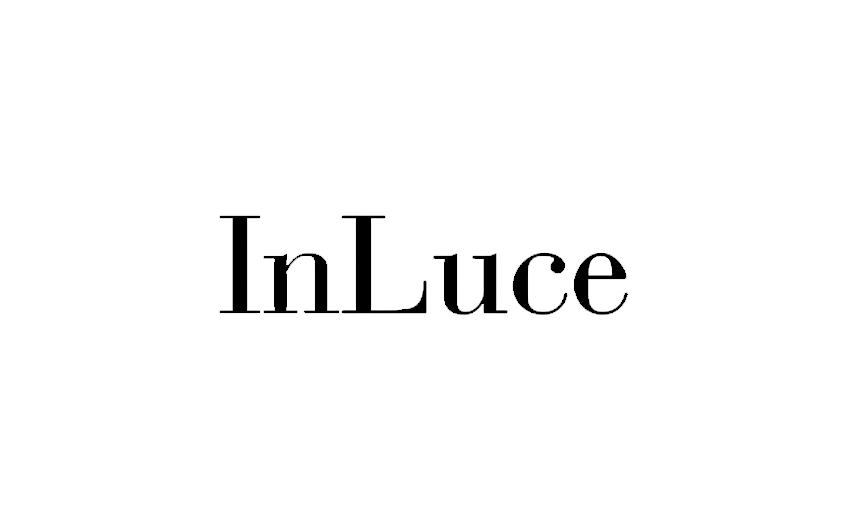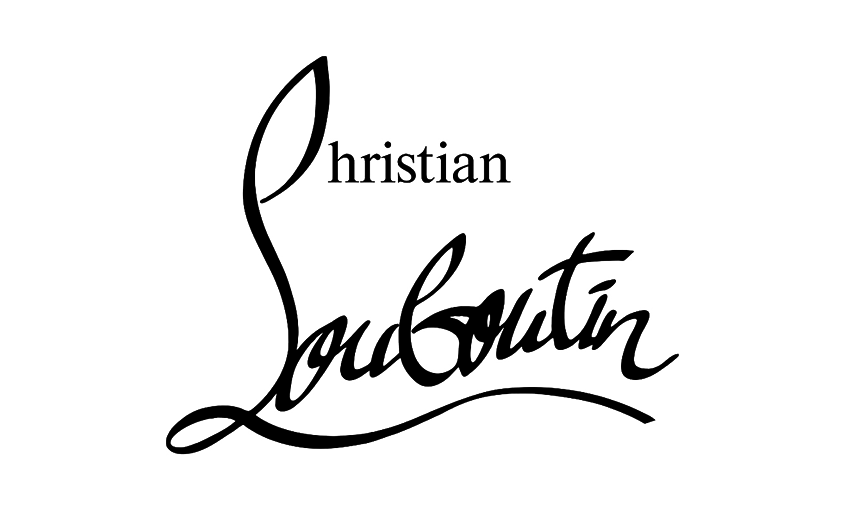Tips for Photographing Historic Buildings
In this article :
Photographing historic buildings is not just about capturing a façade or a structure: it is a meeting between architecture, memory, and a contemporary gaze. Each building carries the marks of an era, a style, and a purpose, and the photographer’s role is to convey this visual richness while respecting its integrity.
This approach requires specific preparation: understanding the context, mastering light, adapting framing techniques, and sometimes engaging in a dialogue with the history of the architect who designed the place.
The Importance of Historical Context
Even before taking out the camera, the work begins with research. Identifying the period of construction, stylistic influences, and events linked to the building helps guide the photographic approach.
A photographer who knows whether the building is Gothic, Baroque, or Modernist will adapt their aesthetic choices to highlight its characteristic elements: pointed arches, gilding, geometric lines…
This knowledge of context prevents falling into mere documentary photography. It transforms each image into a fragment of visual storytelling, aligned with the memory of the place.
Adapted Shooting Techniques
Photographing historic buildings presents specific challenges.
- Preserving straight lines: perspectives must be corrected, either with a tilt-shift lens or in post-production, to prevent façades from appearing distorted.
- Respecting proportions: avoid overly extreme angles that would distort the true perception of the building.
- Composing with the context: integrating the urban or natural environment can strengthen the meaning of the image, especially when the site is part of a broader historical setting.
For an advanced photographer, the challenge is to go beyond simple technical documentation and seek angles that reveal both the grandeur and the humanity of the architecture.
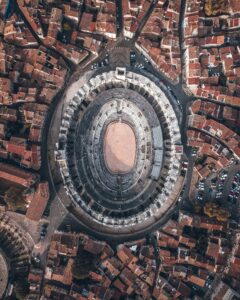
Managing Light
Light is undoubtedly the most decisive factor. Historic buildings, often imposing and detailed, respond differently depending on the time of day and the season.
- Morning and late afternoon: soft light, ideal for highlighting textures and volumes.
- Midday: more challenging, as shadows are harsh; best reserved for tight framing or shots that aim for contrast.
- Interiors: favor long exposures and use a tripod to capture natural light filtering through stained glass or windows.
Artificial lighting added to showcase heritage (such as monuments illuminated at night) also offers creative opportunities but requires careful management of white balance.
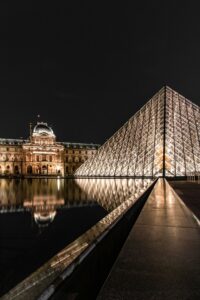
Engaging with Famous Architects
Photographing a historic building also means engaging with the intention of its creator. Whether Haussmann, Le Corbusier, or Gaudí, each architect left a visual signature.
Taking the time to understand these intentions, pure lines for Le Corbusier, organic forms for Gaudí, monumental rigor for Haussmann, enriches the photographic approach. The image then becomes not just a reproduction, but a conscious interpretation, respectful of the creator’s vision.
Incorporating this dimension allows you to stand out from simple postcards and offer a personal reading of heritage.
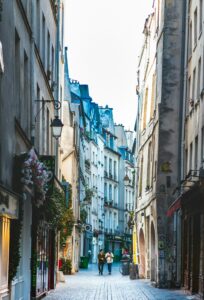
Photographing Interiors: Revealing the Intimacy of the Place
The interiors of historic buildings present even subtler challenges than exteriors. Light constraints, narrow spaces, or rich decorations require both a technical and sensitive approach.
- Use a tripod: essential for working with long exposures in low-light conditions.
- Look for details: frescoes, stained glass, moldings, floors… Photographing an interior is not just about showing the entire room but also the fragments that tell its story.
- Respect the atmosphere: avoid overly bright exposures that would erase the intimate mood of a church or an old hall.
Interior photography requires patience and discretion, especially when dealing with places still frequented by the public.
Conservation and Photographer’s Responsibility
Photographing historical heritage also involves responsibility. Some sites are fragile, protected, or under restoration. The photographer must therefore:
- Avoid using flash, which may be prohibited or harmful.
- Respect restricted areas and conservation guidelines.
- Showcase the sites with respect, without attempting to manipulate or move elements.
This conscious approach is an integral part of a professional and ethical practice of historical architecture photography.
Conclusion
Photographing historic buildings is a demanding exercise, where technique, history, and artistic sensitivity intersect. Understanding context, mastering perspectives, playing with light, and engaging with the spirit of the architect: these are the steps that allow one to go beyond simple documentation and offer a true visual interpretation.
Every historic building tells a story, and it is the photographer’s role to give it a visual voice, with accuracy and respect.
At Rétines, we support institutions, architects, and agencies in showcasing built heritage through precise and narrative images, capable of reflecting the history and grandeur of these places.
Jérémy Carlo is the editorial director at Rétines, where he ensures the consistency and clarity of all content produced by the studio.
Our Clients
Let’s discuss
What we do for you at Rétines
Meticulous work, an organised project and fast delivery. And to achieve this, we mobilise the right resources in our teams at the right time.
01
Pre-production
Artistic and technical direction tailored to the project.
Relevant recommendations on content, form and resources.
02
Photo Shooting
Photos taken by our experienced photographers.
Production that’s controlled, efficient and tailored to the needs of the project, with nothing superfluous.
03
Retouching
Technique
Photographs magnified by our retouching team.
Post-production to meet the commercial challenges of the brief.

